Kraków 09-12-2019
The TS-11 Iskra aircraft and barracks in Zamość.
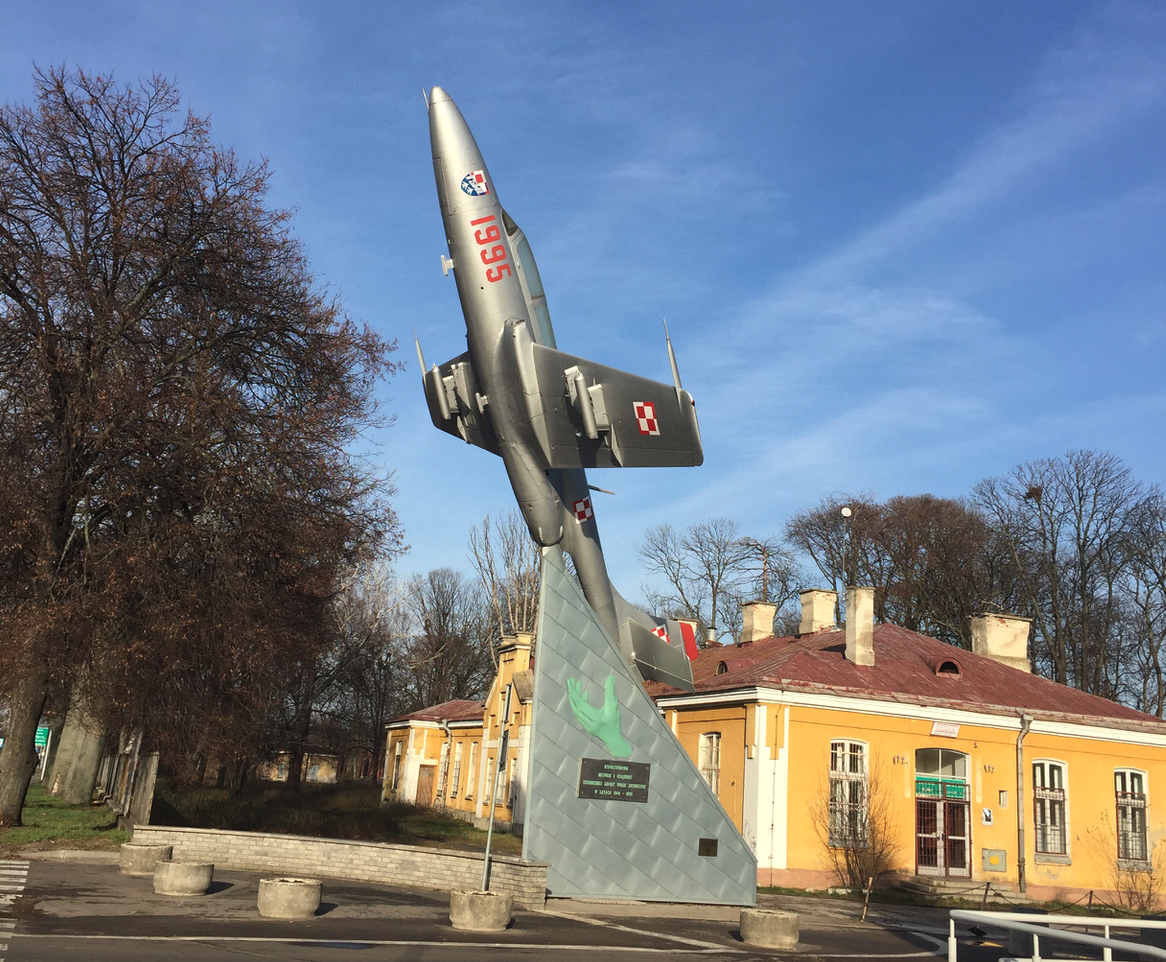
Monument-aircraft TS-11 Iskra nb 1995 is one of the few souvenirs of the Technical School of Air Forces. The school operated in Zamość in the period 1944-1995. The school educated specialists in servicing military aircraft, which were operated in the Polish Army.
At first, the school did not enjoy sympathy among the local community, because it was a symbol of new, communist enslavement. The school was organized and managed by the Soviets. Therefore, initially many listeners deserted from the Polish People's Army and joined the units of the Independence Underground (National Armed Forces, National Military Troops, and others).
In sequence.
Zamość is one of the most beautiful cities of the Republic of Poland. Good people who have Christian faith and Poland in their hearts lived and live in Zamość and throughout the Zamość region. It is not an ethnically homogeneous region, as it has always been open to other cultures: Ruthenians, Armenians, and Jews. Here fights were fought against: Swedes, Russians, Bolsheviks, Germany, Ukrainians and Polish communists. The economic history of this region was shaped by the „Ordynacja Zamojska” (1589-1944), of which memory is cultivated.
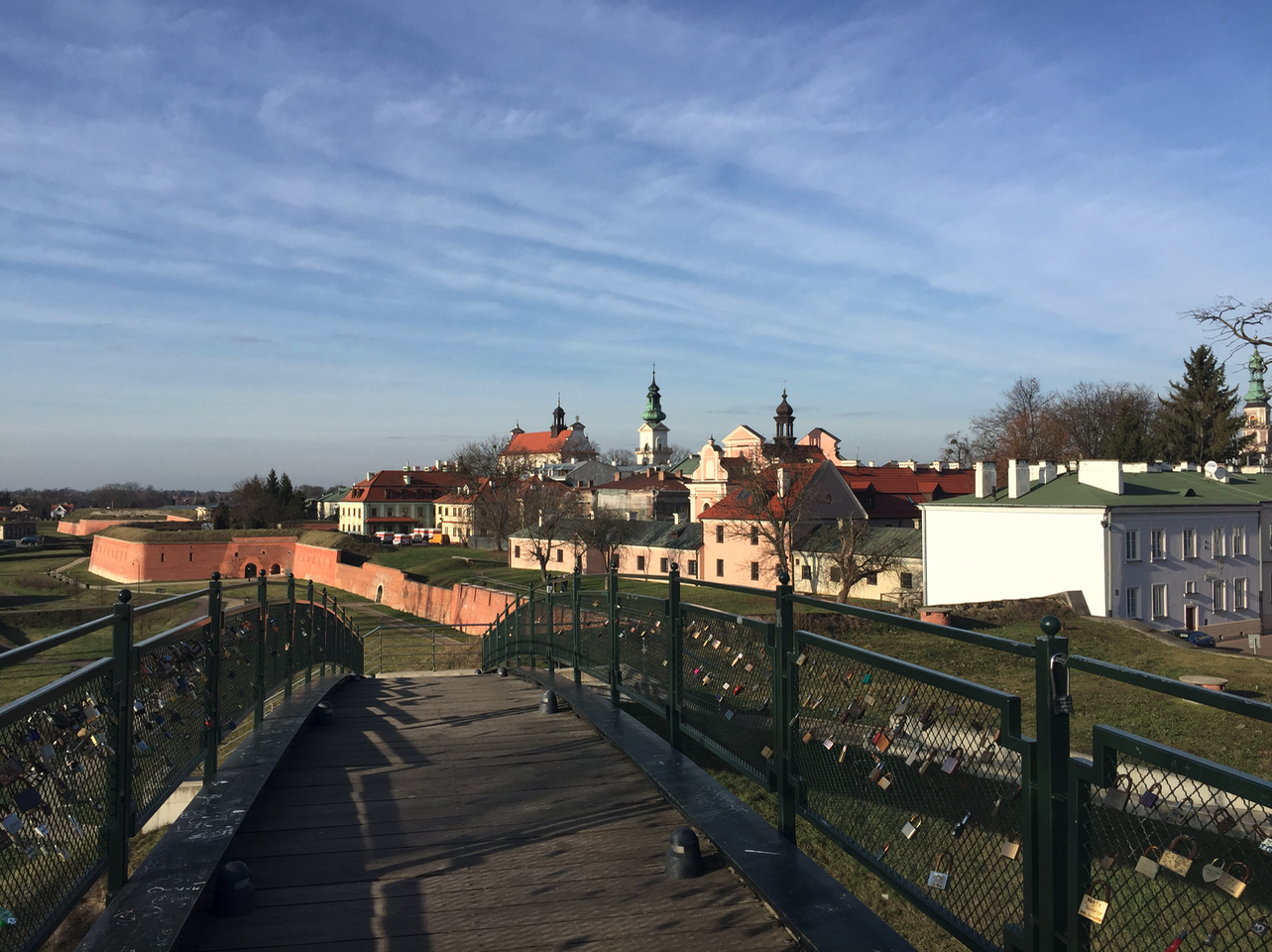
Barracks in Zamość.
The barracks in Zamość are located at the Józefa Piłsudskiego Street. The construction of barracks began at the beginning of the 20th century, when the Zamość region was under the Russian partition and the political situation in Europe threatened to break out with another war. The barracks were built with the Carskiej Army in mind, which is why the name Carskie Barracks adhered to them, which, however, does not reflect the proper historical context. A 40-hectare plot of land in the so-called Przedmieście Lubelskie was selected for the barracks. Construction began in 1905. The main works were completed in 1911.
A dozen or so simple, small, two-story red brick blocks were built. Many smaller single-storey functional buildings were also built. The buildings were not plastered. Over time, paved roads were built and planted with trees. Many of these trees are growing to the present (2019).
As a result of the Great World War, Poland regained independence after 123 years of captivity. The Ordynacja Zamojska also. The newly built barracks became the Polish Army.
In 1919, the barracks became the place of stationing of the 9th Legion Infantry Regiment and the 3rd Legionary Field Artillery Regiment (in 1932, reformed into the 3rd Legionary Light Artillery Regiment). Cavalry Regiment was also stationed here for some time. In 1922, Marshal Józef Piłsudski visited Zamość and barracks and presented the 9th Infantry Regiment with the banner.
In the 1930s, Garrison Zamość was associated with infantry and artillery forces. It housed the command of the 3rd Infantry Division and 9 Infantry Regiment of Legions, 3 Artillery Regiment, 2 Spare Horse Artillery Center.
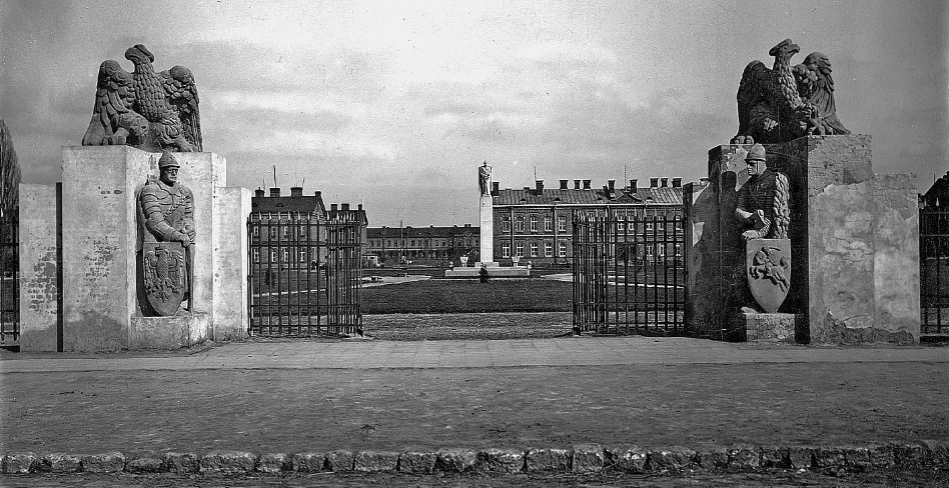
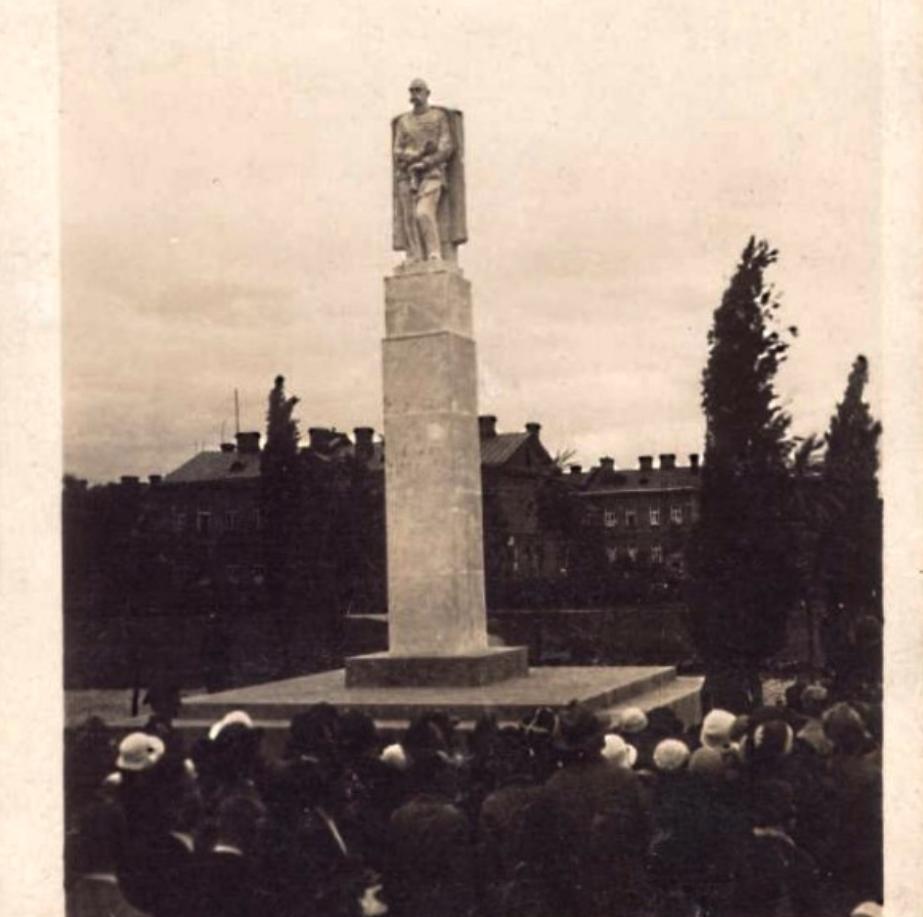
During World War II, the German barracks occupied the barracks in Zamość.

In 1944, the Soviet Polish Aviation School was moved from CCCP to Lublin, to the former German concentration camp at Majdanek. Majdanek could not, for obvious reasons, become an official place of the aviation school. From the proposed locations, the choice fell on Zamość and its barracks. Command decided to put in them; Officers' School of Communications (October 19, 1944 - October 1945, when it was moved to Sieradz) and the United Aviation School.
The United Aviation School began operating in the Zamość barracks in October 1944. The Aviation School was temporarily moved to Warsaw in Bemowo, but relatively quickly returned to Zamość. The school adopted the name Technical School of Air Forces. It operated in Zamość until 1995, i.e. around 50 years. During her activity, non-commissioned officers were trained here in the mechanics of aircraft and helicopters, both professional and soldiers of the main service.

Because the main gate of the barracks was narrow, it became necessary to rebuild it. This was done in the 1970s. The new entry lost its typically military (defensive) character. Now it looked like an entrance to a park, not a military area. In 1978, a PZL Lim-2 nb 087 aircraft was erected on a dynamic pedestal. There was also a bas-relief of an outstretched hand.
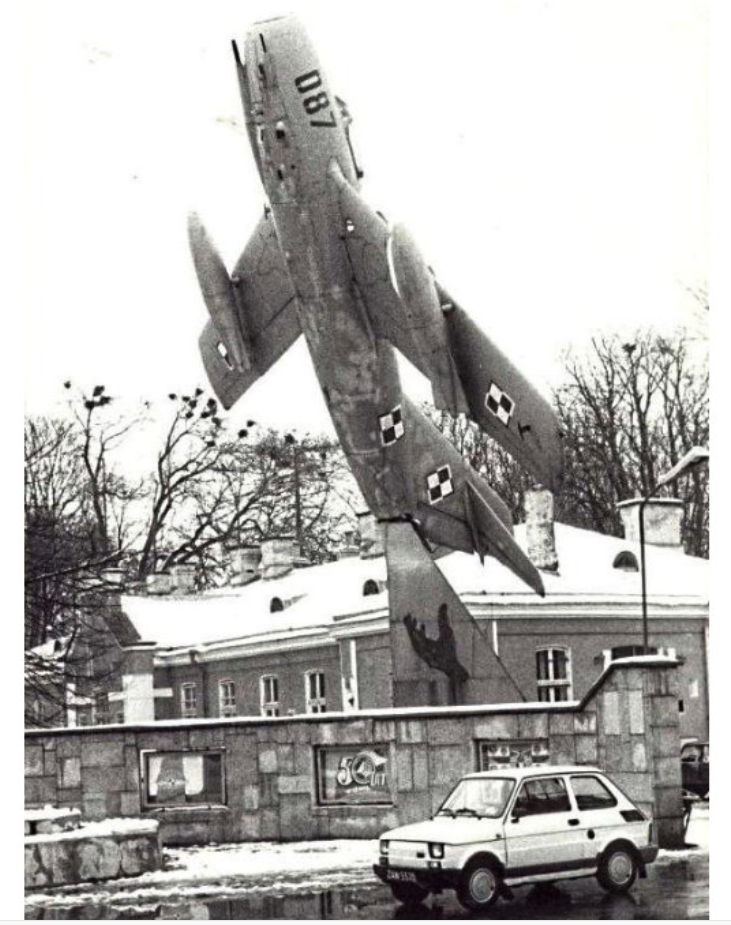
In 1995, there was a foreign buyer for the PZL Lim-2 nb 087 aircraft. The army sold the aircraft, and the TS-11 Iskra aircraft was put in its place. An inscription also appeared; "Co-creators of the history and achievements of the Technical School of Air Forces in 1944-1995".
The PZL TS-11 Iskra aircraft has sideboard number 1995. This is a fictitious number and represents the year in which the Air Force Technical School was dismantled. The PZL TS-11 Iskra aircraft stands here until now (2019).
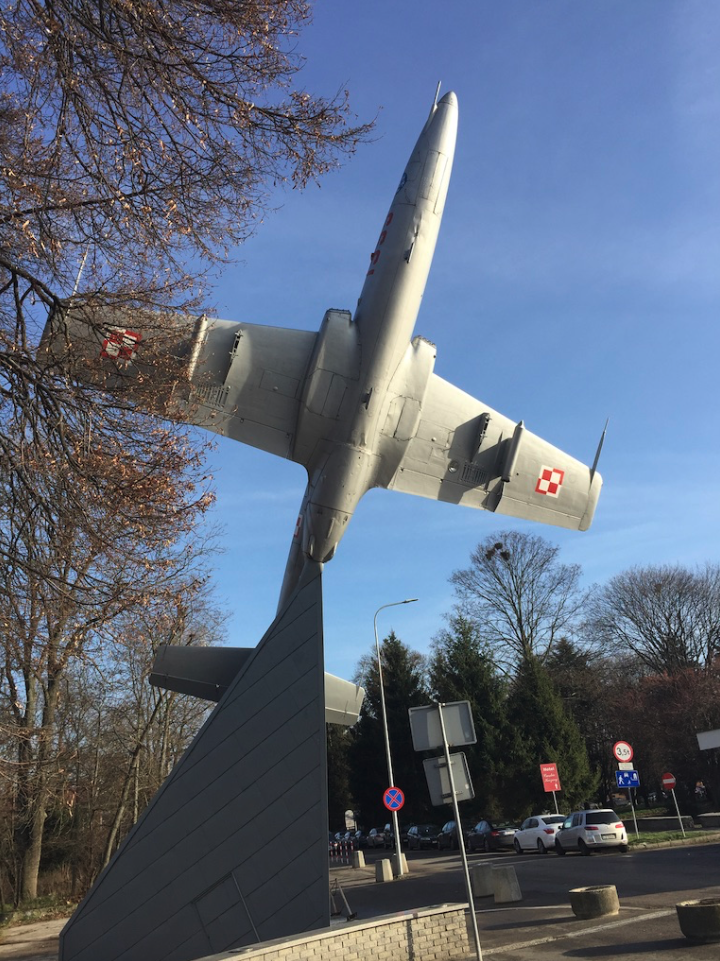
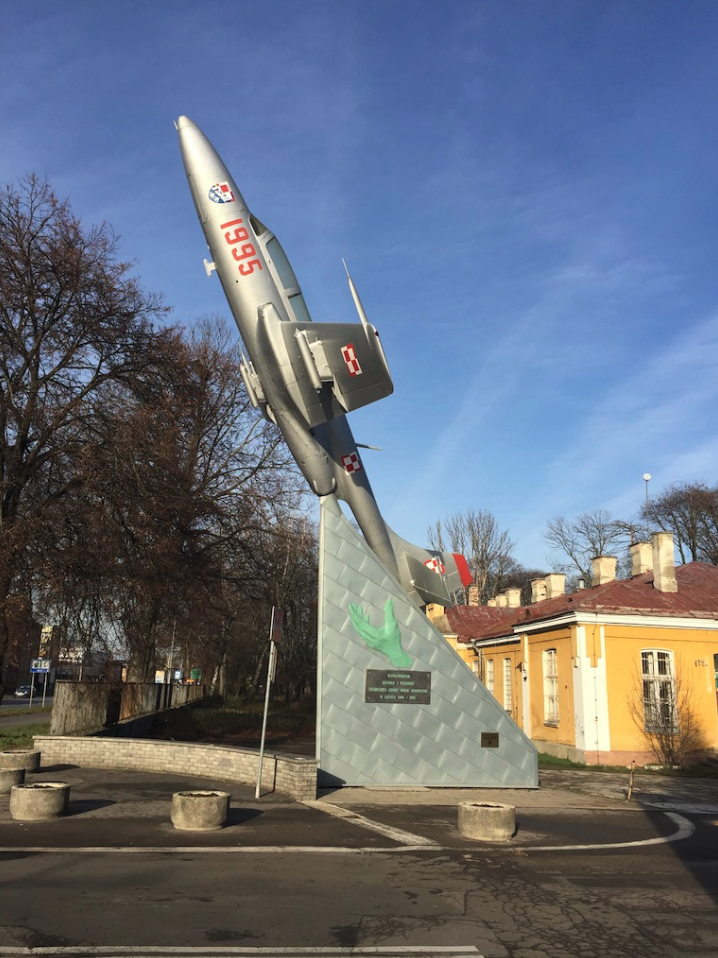
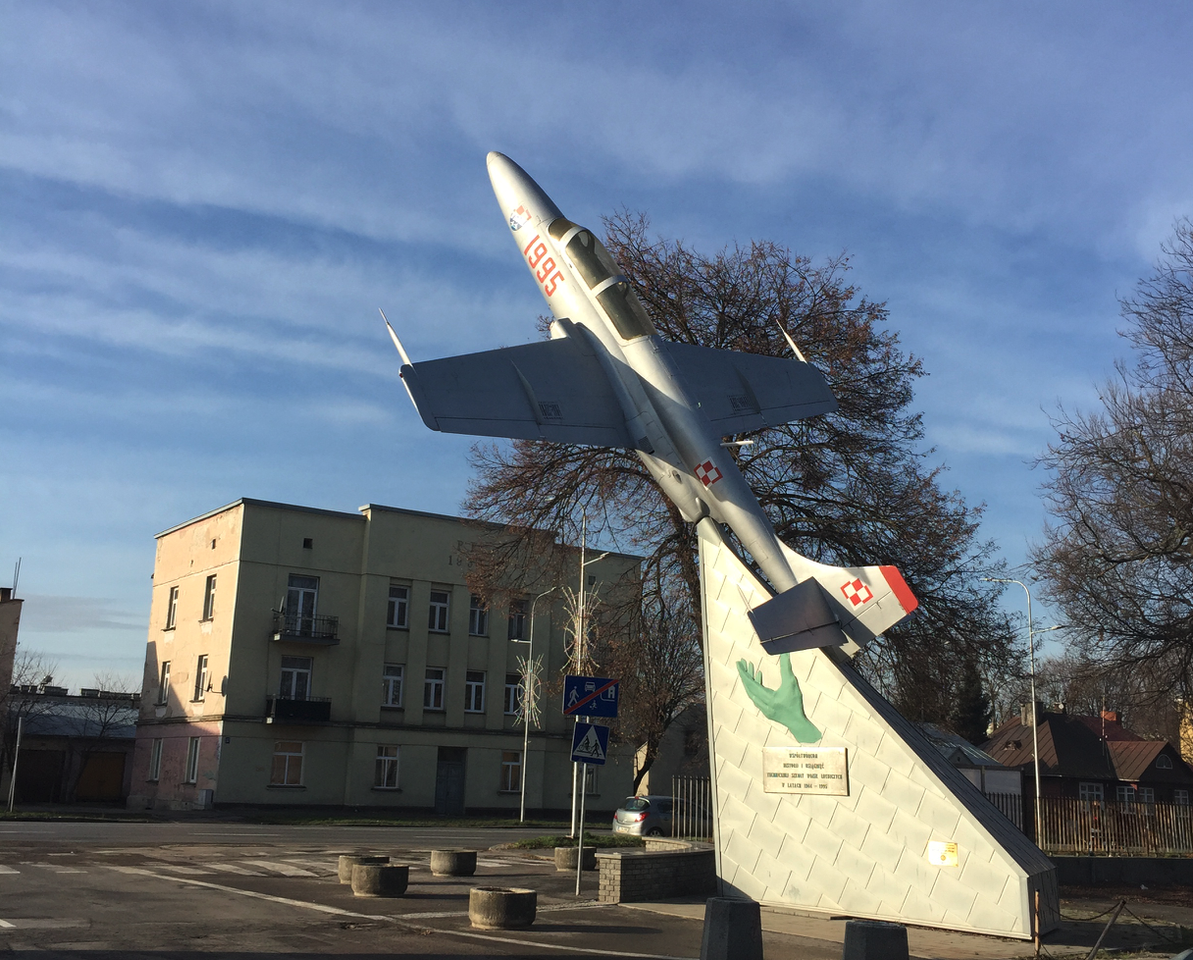
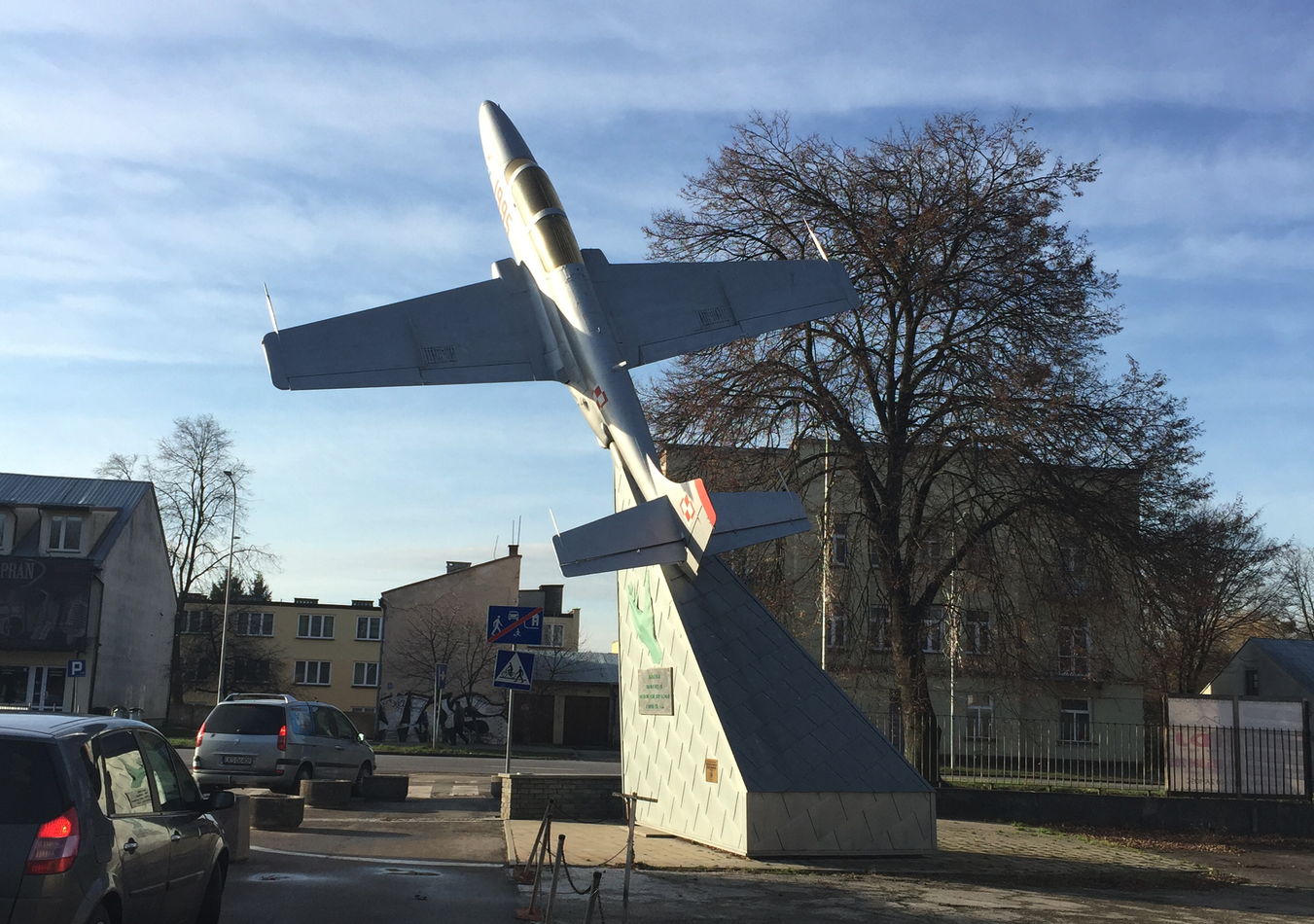
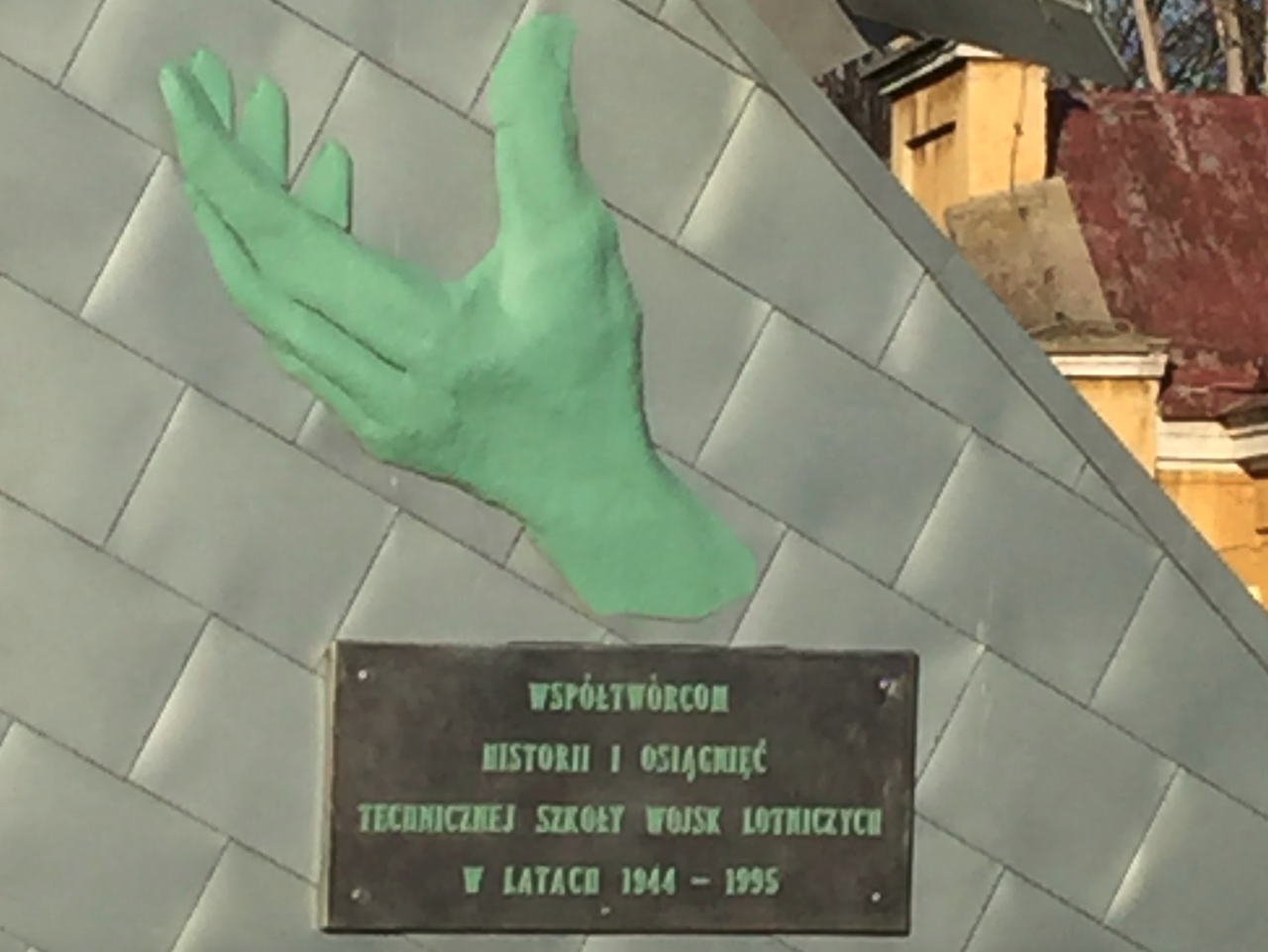
The barracks in Zamość were not abandoned by the Polish Army. In 1996, a new military unit was formed here: the 3rd Zamość Territorial Defense Brigade. In 2008, the military unit was transformed into the 3rd Battalion of Territorial Defense. In June 2008, the unit was transformed into the 3rd Zamość Mechanized Battalion JW 3391 (part of the 3rd Mechanized Brigade of Legions named after Romuald Traugutt in Lublin). In 2011, the unit joined the 1st Warsaw Armored Brigade named after Tadeusz Kościuszko. A military logistic unit is also operating in the Zamość barracks: the 32nd Zamość Military Economic Department named after Hetman the Great Crown Jan Zamoyski.
Barracks now. 2019.
The barracks occupy the area between Józefa Piłsudskiego (from the west), Kamienna (from the south), Karol Namysłowski (from the east), and Wojska Polskiego (from the north) streets. By the end of the 80s, the area was completely fenced. In addition to the main gate, there were two utility gates; from Kamienna Street and Polish Army.
For most of time in history, the barracks area was divided into two areas. Half open area, west side. Here for many years there was an officer housing estate. There was a health center, shops, RUCH kiosk, canteen and service outlets: kindergarten, hairdresser, shoemaker. Currently, the area is completely taken over by the city of Zamość. There are two hotels here: Hotel Koronny and Hotel Carskie Koszary Many buildings have changed their purpose. Now (2019) there are also schools: elementary, high school, private university. During the renovation, many buildings have been plastered in the last 30 years. Yellow-brown colors dominate. Residents have also built many garages. In 2006, streets in public areas were given the name of Koszary.

The second area is a closed area. Currently (2019) there is a JW 3391 unit here.
Next to the main gate stands a large edifice of the Garrison Officer's Club (now 3 BZ Battalion Club), built during the socialism period. It houses a cinema and the Museum of the 3rd Legion Infantry Division opened in 2018. In 2018, a new monument to Marshal Józef Piłsudski was unveiled in front of the building.
Written by Karol Placha Hetman
